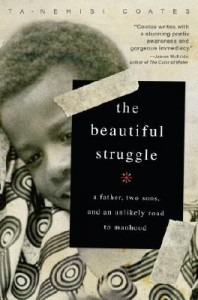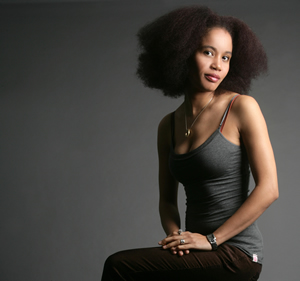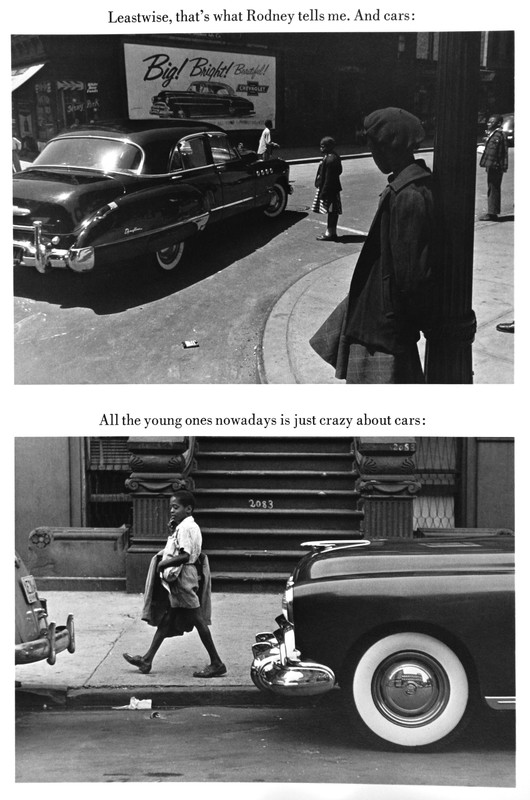Book Reviews
-
Hey, White Girl! Susan Gregory’s Chicago Story
The intersection of race and class. In Chicago. In the late 1960s. That’s the backdrop of a memoir (rather cheekily) titled “Hey, White Girl!” written by Susan Gregory (Norton, 1970). In the book, teenage Susan transfers from well-heeled, suburban New Trier High School to attend infamous-even-then Marshall High School on Chicago’s West Side for her senior year.…
-
Another Beautiful Struggle
“We took comfort in the rebel music that was pumped into the city from up North. Hip-Hop was the rumble of our generation, unveiling all our wants, fears, and disaffections. But as the fabled year of ’88 came upon us, we saw something more in the music, a deeper thing that interrogated our random lives…
-
The Other Side of Paradise, in plain view
Poet Stacyann Chin’s memoir, “The Other Side of Paradise” (Scribner, 2009), is a coming-of-age story. It’s a tale of growing up never fitting in, not with family, not with social structure. It’s also about living in Paradise (both literally and figuratively), but never feeling as though Paradise’s bounty is available for you. Ultimately, however, the book…
-
Light: On the South Side…Grit and Gold Lamé
I, for one, have stared for more than a moment at the forgotten, peeled paint on the side of the 408 Club building over on 79th Street (just East of King Drive). In mid-seventies hipster font, the ad reads “Sheba Disco”, apparently some sort of disco club. I’ve wondered what manner of elephant bells and Quiana was to be found…
-
Sweet Flypaper of Life: 1950s Harlem in Black & White
Picture it. It’s the mid 1990s, I’m in high school, late for the morning bus, desperate for something to read during my lengthy commute. On my Grandmother’s disheveled porch, I find a slightly sunfaded paperback. The book is Sweet Flypaper of Life, with text by Langston Hughes and photography by Roy DeCarava (originally published in…
-
Blackness…Finally Forgivable?
from the Stop Smiling Blog…. A Pugilist’s Pardon, Once Unforgivable Posted on: April 1, 2009 at 1:48 pm // MARGINALIA It’s Jack Johnson, 1 — Scooter Libby, zero. Senator John McCain delivers some straight talk we can believe in with the announcement this week that he is seeking a presidential pardon for the late Jack…
-
Achy Obejas presents her “Ruins”
“Achy Obejas writes like an angel: flush with power, vision and hope … one of the Caribbean’s most important writers.” Junot Diaz, author of Drown, and The Brief Wondrous Life of Oscar Wao Achy Obejas, author of “We Came All the Way From Cuba So You Could Dress Like This?” and “Memory Mambo” (stories of…
-
I am Not Sidney Poitier
“Not Sidney Poitier is an amiable young man in an absurd country. The sudden death of his mother orphans him at age eleven, leaving him with an unfortunate name, an uncanny resemblance to the famous actor, and, perhaps more fortunate, a staggering number of shares in the Turner Broadcasting Corporation.
-
Book Review: More than just Race
(Norton Press, 2009) According to William Julius Wilson, author of More Than Just Race: Being Black and Poor in the Inner City (in stores March 2009), “the disproportionate number of low-skilled black males in this country is one of the legacies of historical segregation and discrimination”. This statement cuts cleanly the notion that class-ism is…


